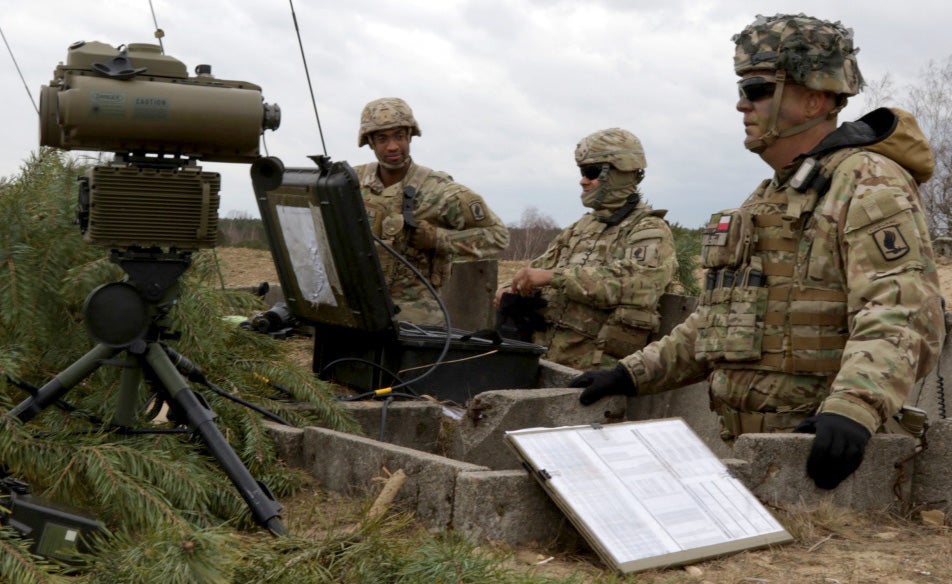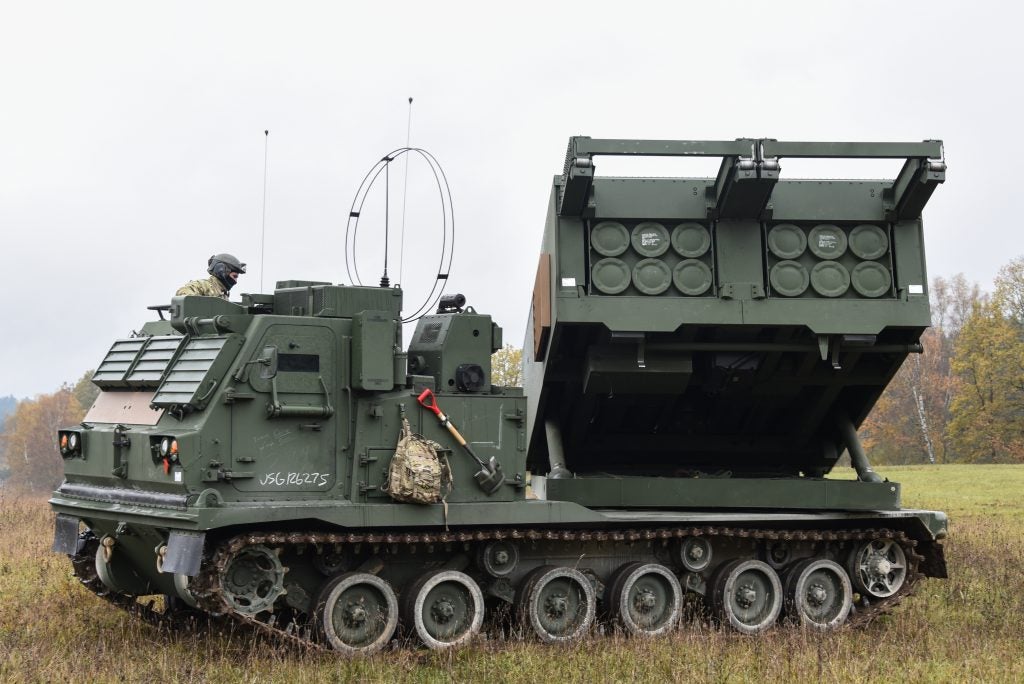New US Army Ground Station Requirement for TITAN
The Tactical Intelligence Targeting Access Node (TITAN), part of the fledgling Battle Management Command and Communication program, is looking to industry to develop new ground station platforms. Army noted that some of their current ground stations are not fit for purpose; “They’re not necessarily tailorable, easy to use or expeditionary as we want them to be.”
Platforms currently include the Light-Mobile Command Post, a range of TITAN equipped light vehicles including HMMWVs and Polaris MRZRs, and the containerized Expeditionary Command Post. Based on briefing slides, the Army appears however to be looking to a TITAN equipped JLTV ground station. There is currently some 101 tactical-level ground stations and 13 operational-level ground stations along with “a smattering of other dissemination vehicles that do everything”. Not all of these disparate ground stations can communicate, which is a key requirement for the new integrated ground stations.
TITAN is a system of integrating and providing real-time targeting information from a wide range of intelligence and targeting nodes. These include both organic Army ISR platforms and a range of space-based sensors or in the words of the Army; “space and high altitude, aerial, and terrestrial layer sensors”. TITAN Space, linking those inputs from military, intelligence community and commercial space based platforms, is expected to debut in 2022.

The aim is to support both accurate and timely long range precision fires (LRPF) from Army indirect fire systems for the anti-access/aerial denial (A2/AD) mission and to improve situational awareness for battlefield command and control (C2); “It’s leveraging both commercial and military capabilities to be able to provide eyes and ears on the battlefield for our soldiers and our platforms.”
The C2 functionality is based on the existing Blue Force Tracker network but significantly enhanced; “TITAN users can pull up maps, view multiple global locations, and color-code their soldiers’ locations. “It enables chat, messaging, sending attachments, filing situation reports, and creating distribution lists,” explained Flora Marshall of the Mission Command Support Center earlier this year.
The system will be trialed next year by the US Army’s Multi-Domain Task Force during Defender-Europe 20, a NATO exercise that includes some 37,000 NATO troops, the largest since the Cold War. The A2/AD mission is seen as critical in any future peer conflict with Russia.

